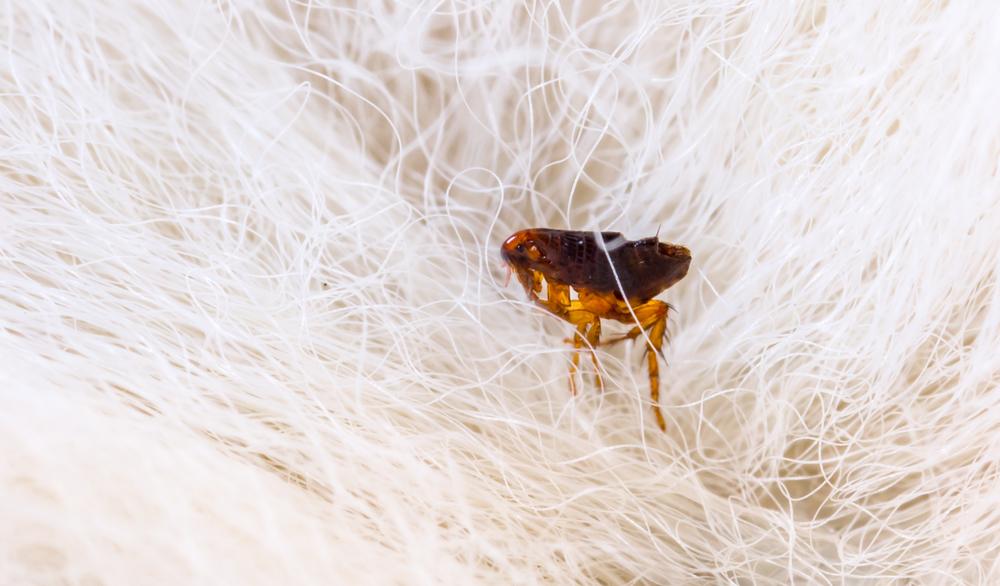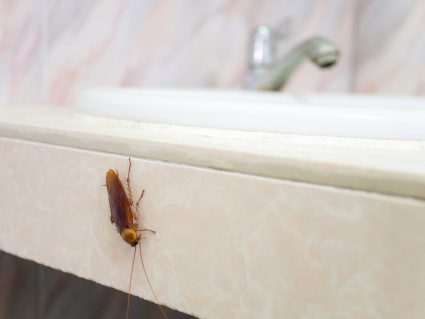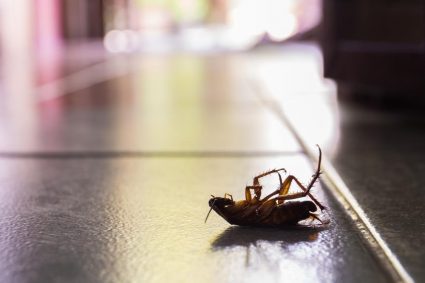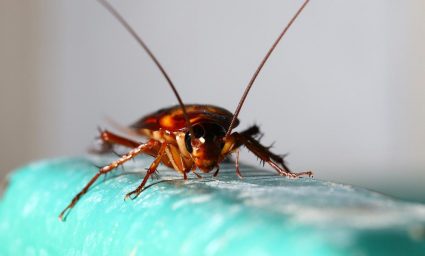
Sand fleas, also known as sand flies, are tiny insects that are commonly found in coastal areas, sandy beaches, desert areas, and marshes. They are notorious for their painful and itchy bites, which can sometimes lead to a skin condition called tungiasis. But what kills sand fleas? In this comprehensive guide, we will explore various methods of eliminating these pesky pests and preventing their infestation.
Sand fleas can be killed using various methods such as natural compounds, chemical solutions, and natural predators. Natural compounds include diatomaceous earth, salt, and apple cider vinegar traps. Chemical solutions involve the use of insecticides and pesticides like Greenbug. Natural predators like shorebirds, fish, crabs, and beneficial nematodes can also help control sand flea populations. Environmental factors and safety precautions should also be considered when dealing with sand fleas.
Natural Compounds
Diatomaceous Earth
One of the most effective ways to kill sand fleas is by sprinkling diatomaceous earth around the infested areas. This natural compound works by damaging the exoskeleton of the fleas, causing them to dehydrate and die.
Salt
Another natural method of extermination is using salt. Sprinkling salt on sand fleas can also be effective in killing them. The salt causes the fleas to lose water and eventually die.
Apple Cider Vinegar Trap
A homemade apple cider vinegar trap can also be a reliable solution. Mix 1 cup of hot water and 1 cup of apple cider vinegar with 3 to 4 drops of dish soap in a bowl. The vinegar attracts the sand fleas, and the soap breaks the surface tension of the water, causing the fleas to drown.
Chemical Solutions
Insecticides and pesticides can be used to kill sand fleas in your yard or home. However, it’s essential to be cautious when using these chemicals, as they may not be safe for children or pets. One of the proven products to exterminate sand fleas is Greenbug which offers a range of sprays designed to control sand fleas.
Natural Predators
Sand fleas have several natural predators, including shorebirds, fish, and crabs. You can encourage these predators to visit the area by providing suitable habitats and food sources. Additionally, beneficial nematodes can be used to control flea populations in gardens and yards. However, before introducing any non-native species or significantly altering an ecosystem, consult with local environmental or pest control experts.
Environmental Factors
The environment or habitat of sand fleas can influence the choice of control methods. The presence of natural predators, vegetation, and certain soil types can play a role in sand flea distribution and control. Also, weather and climate changes can impact the effectiveness of extermination methods. For example, a hot, dry summer reduces the number of fleas, whereas humid, rainy weather favors their increase.
Safety Concerns and Precautions
When attempting to kill sand fleas, it’s important to protect yourself from their bites by using DEET-based repellents and wearing closed shoes. If you have a sand flea infestation in your home, clean thoroughly, including sprinkling salt in their possible breeding grounds. To alleviate the burning and itching caused by sand flea bites, medications like Benadryl and Neosporin can be used, as well as calamine lotion, specially-formulated sprays, cortisone creams, aloe vera, and ibuprofen to lessen swelling.
Prevention
Prevention is always better than cure. To avoid a sand flea infestation, it’s essential to maintain a clean environment, especially in coastal or sandy areas. Regularly clean your home, particularly the carpets, beds, and pet bedding. Use natural repellents like essential oils and keep your yard free from debris and clutter where sand fleas can breed.
Conclusion
While sand fleas can be a nuisance, understanding their characteristics, lifecycle, and habitat can help in developing effective strategies to eliminate them. Whether you are using natural compounds, chemical solutions, or leveraging their natural predators, it’s essential to take precautions and consult with experts when necessary. Remember, maintaining a clean environment is the key to preventing a sand flea infestation.
Frequently Asked Questions
What are the signs of a sand flea infestation?
Signs of a sand flea infestation include frequent and persistent itchy bites that may turn into small blisters or sores, especially after visiting sandy or coastal areas. Other signs include tiny black specks on your skin or your pet’s fur, which could be the fleas themselves or their feces.
Can sand fleas transmit diseases?
Yes, sand fleas can transmit diseases. In some regions, they are known to transmit a parasitic disease called Leishmaniasis. They can also transmit a skin condition called tungiasis, caused by the burrowing of female sand fleas into the skin.
How long do sand fleas live?
The lifespan of sand fleas can vary, but on average, they live for about one to two weeks. However, in favorable conditions, they can survive for up to a year.
Can sand fleas infest my home?
Yes, sand fleas can infest homes, particularly if you live near a beach or sandy area. They can hide in carpets, furniture, and pet bedding.
Are sand fleas active all year round?
Sand fleas are most active during warm and humid weather. However, they can survive in colder climates by hiding in warm and protected areas.
Can I use regular flea treatment for sand fleas?
Yes, many regular flea treatments are also effective against sand fleas. However, it’s always best to consult with a pest control expert to ensure the treatment is suitable and safe for your specific situation.











